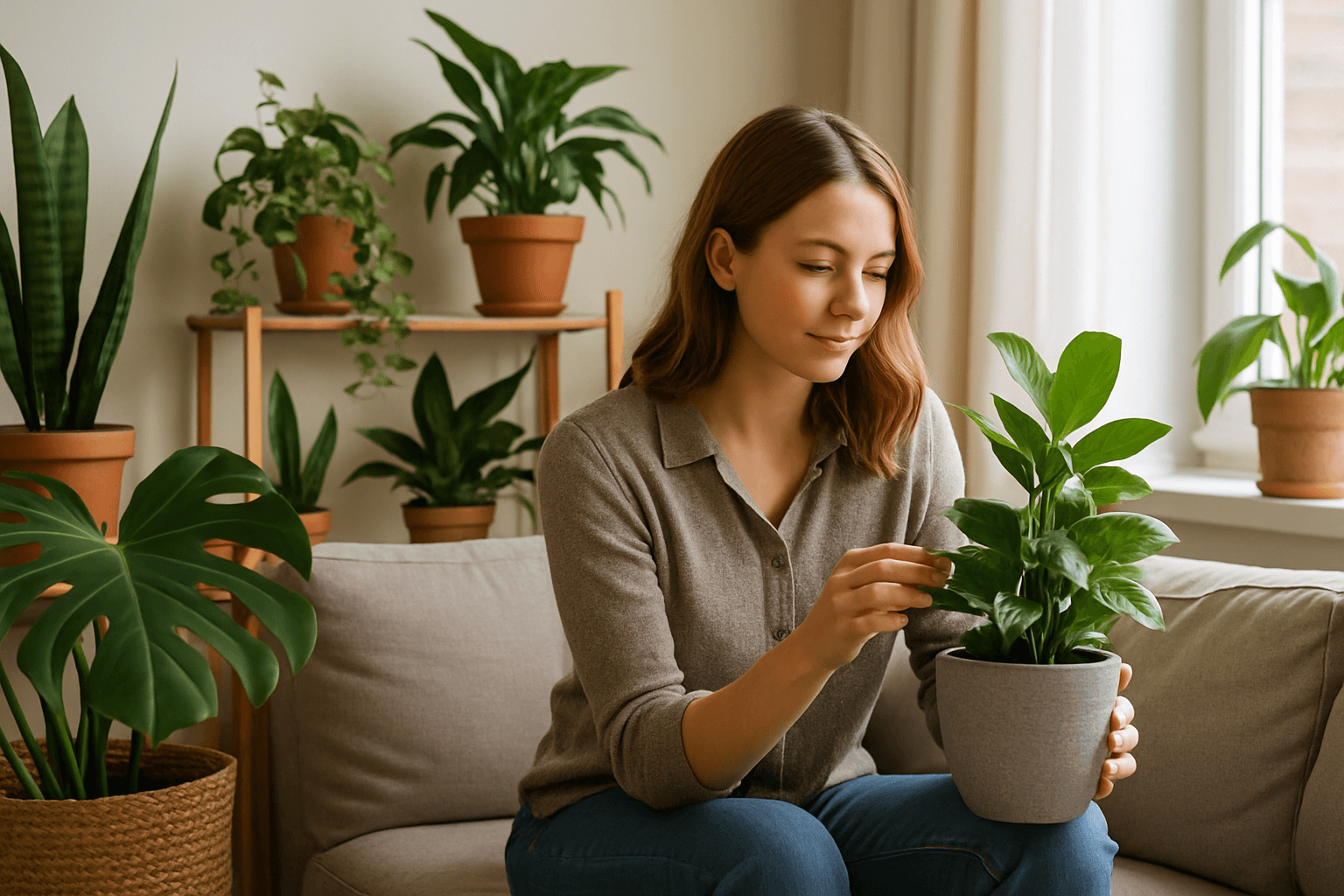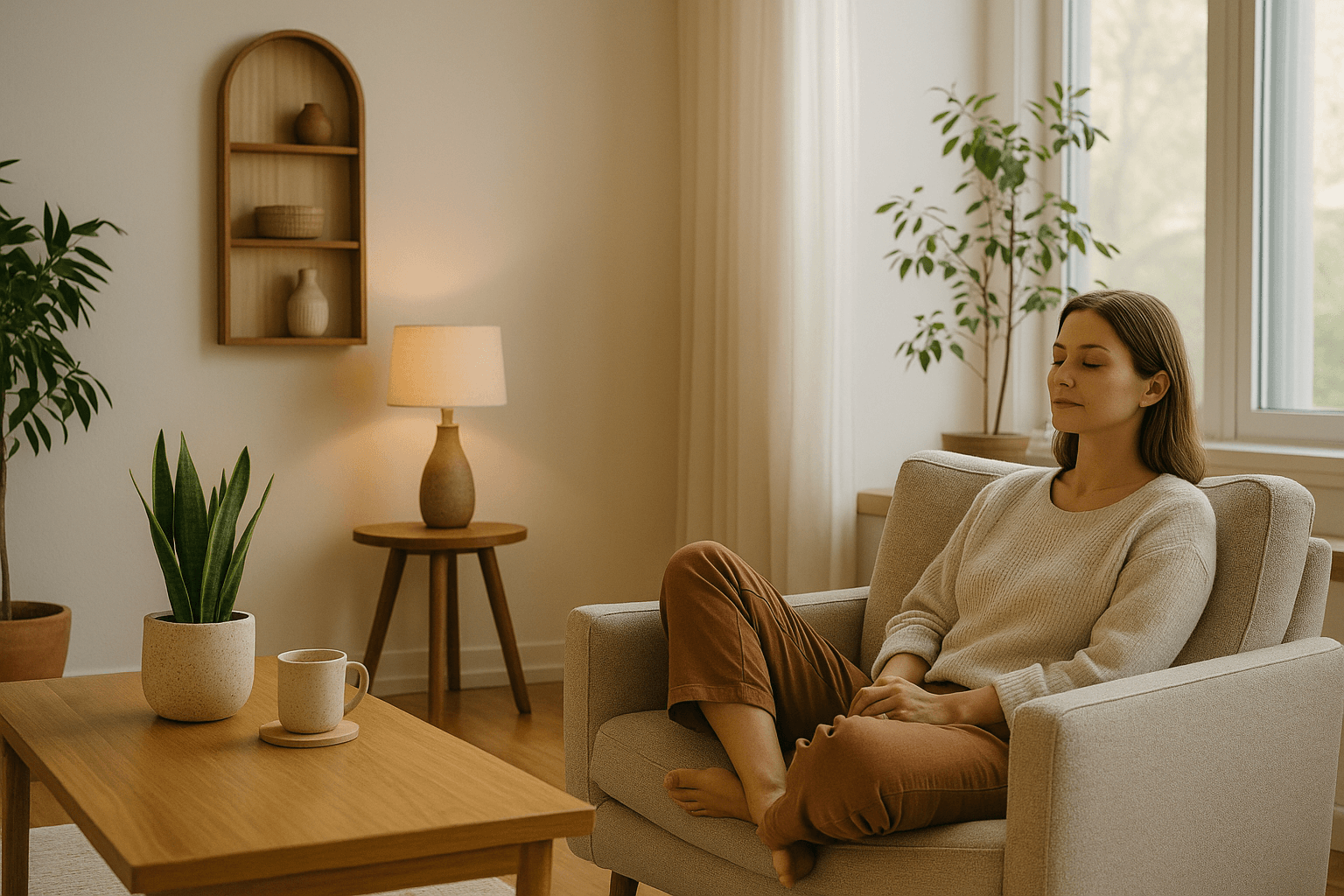The presence of indoor plants in our homes has evolved from being merely decorative to becoming essential components of a healthy lifestyle. With people spending more time indoors—especially in urban environments—creating natural, green oases inside living spaces has become a powerful wellness trend. But this movement is more than visual appeal; it’s deeply rooted in science and mental health benefits.
Mental Benefits of Indoor Plants
Indoor plants have a calming effect on the human brain. Their presence can significantly reduce stress, anxiety, and symptoms of depression. Studies from NASA and the Journal of Environmental Psychology have demonstrated that individuals working in plant-filled environments report better concentration, improved moods, and a heightened sense of satisfaction. Simply watering a plant or watching it grow can offer therapeutic relief and foster a mindful connection with nature.
Some plants like lavender and jasmine even emit subtle scents that contribute to relaxation and better sleep. Others, such as aloe vera, are believed to carry symbolic healing energy, which many incorporate into daily rituals for emotional grounding.
Physical Health Advantages
Beyond emotional health, indoor plants directly contribute to better air quality. Common varieties such as peace lilies, English ivy, and spider plants can filter toxins like benzene and formaldehyde from the air, while increasing humidity and oxygen levels. This is particularly beneficial in homes with dry air, allergies, or respiratory issues. Cleaner air translates to fewer headaches, less fatigue, and stronger immune support.
Additionally, having greenery in sight has been linked to reduced blood pressure and lower heart rates, especially in high-stress environments such as home offices or study areas.
Practical Tips for Bringing Nature Indoors
- Start Simple: Choose resilient plants like pothos, snake plant, or ZZ plant if you’re a beginner.
- Placement Matters: Position plants where you spend most of your time—near a work desk, kitchen window, or bedside.
- Consistency is Key: Set a watering and maintenance routine. Too much attention can harm as much as too little.
- Design with Purpose: Use plants to create separation in open spaces or to add life to minimalistic interiors.
Embracing greenery at home isn’t just a trend—it’s a lifestyle upgrade. As our living environments become more automated and digital, indoor plants reconnect us to a slower, more grounded rhythm. They transform sterile rooms into vibrant, living spaces that nurture both body and soul.


